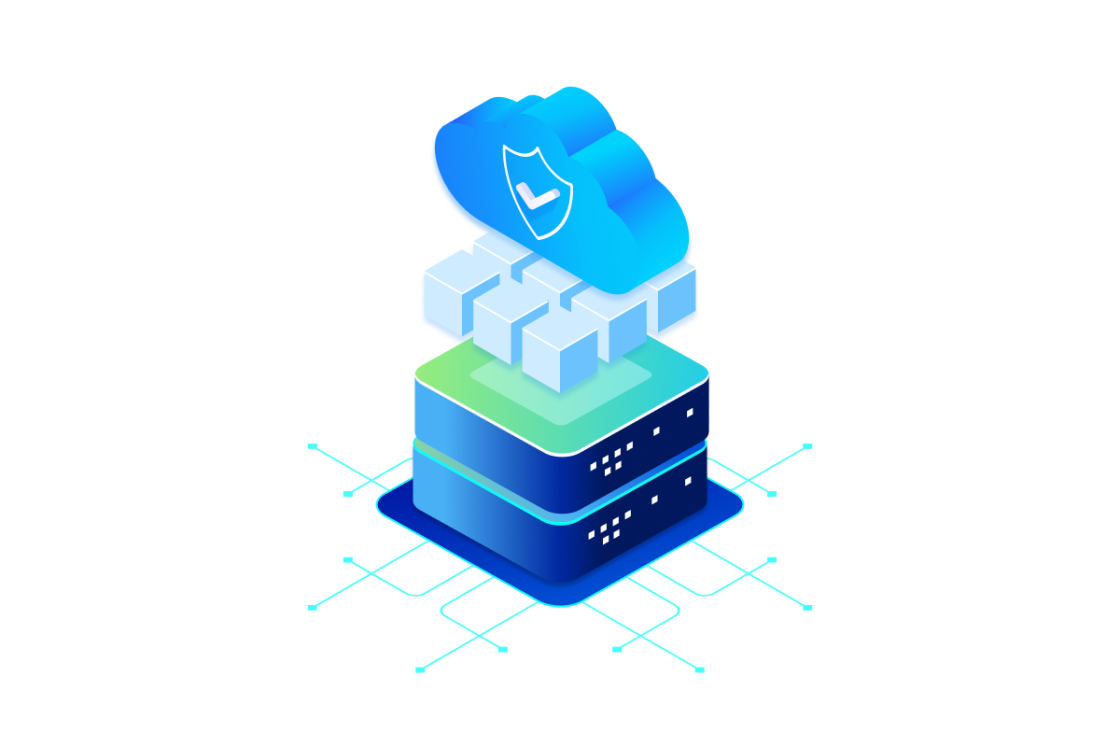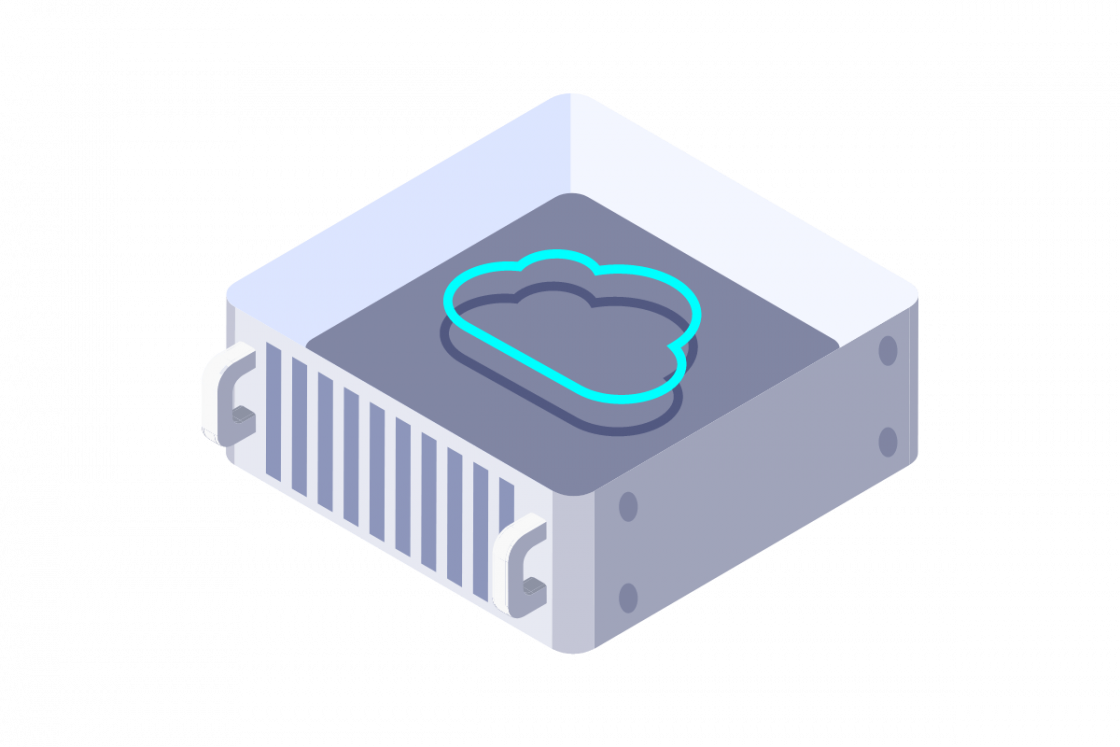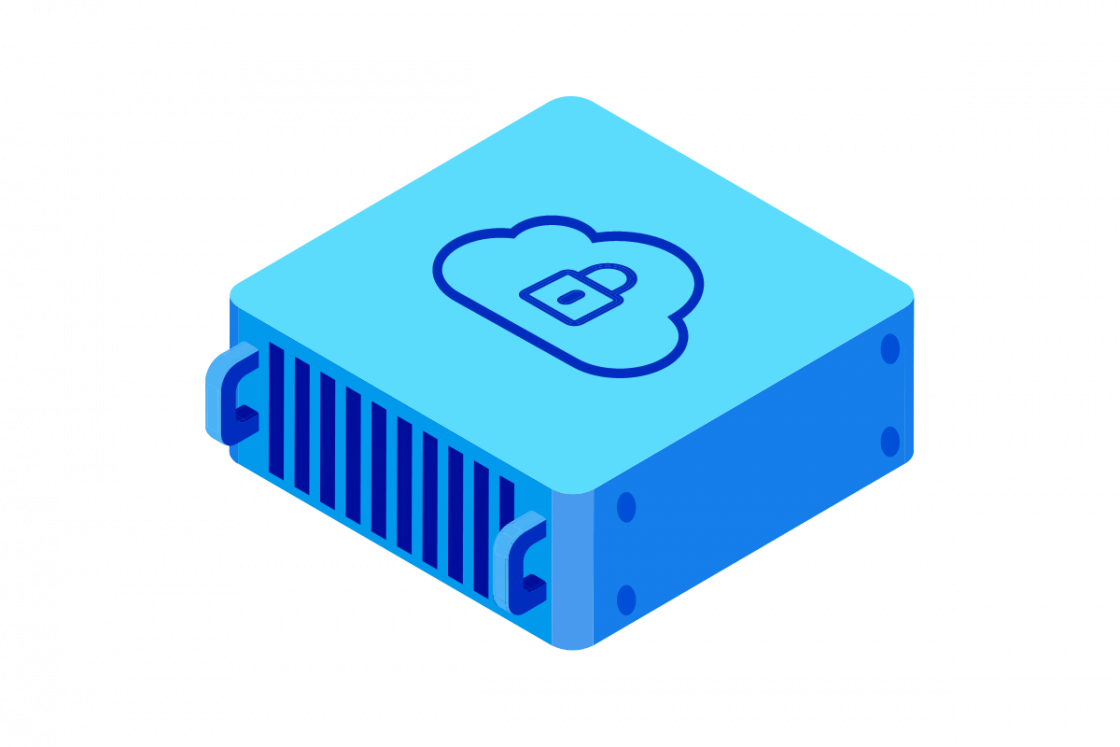On-prem vs Cloud
When we think about a large business, there’s a foundational decision that shapes its entire technology strategy. Where should the company host its applications, data, and critical IT infrastructure?
It’s an important choice between on-premises solutions and cloud computing, and it impacts a company's budget, flexibility, security, and long-term growth.
While both models have been instrumental in driving business operations, their distinct characteristics present a complex trade-off of costs, control, and scalability.

Understanding On-Premises and Cloud Computing
On-premises infrastructure involves a business owning and managing all its IT hardware and software on-site, requiring significant capital investment and an in-house IT team.
In contrast, cloud computing uses a third-party provider to deliver IT services over the internet, shifting the cost from a capital expense to a more flexible, pay-as-you-go operational expense.
The primary difference lies in the ownership and management of the infrastructure: on-premises offers full control, but with higher costs and greater responsibility. At the same time, the cloud provides scalability and flexibility by outsourcing infrastructure management.
Definition of On-Premises Infrastructure
On-premises infrastructure refers to IT systems that are physically located and operated within a company's own facilities. This traditional model requires a business to purchase, install, and maintain all the necessary hardware, software, and networking equipment, including servers, storage arrays, and network routers.
The company itself is responsible for the entire stack, encompassing physical security and power, as well as software updates and data backups. This typically requires a dedicated in-house IT team to manage the environment. The buck stops with that team, though they could get expensive external help if needed.
Definition of Cloud Computing
Cloud computing, on the other hand, delivers on-demand IT services such as compute power, storage, and applications, and makes them available right over the internet. Instead of owning and managing the infrastructure, businesses access these resources from a third-party provider, such as OVHcloud, on a subscription or pay-as-you-go basis.
The provider is responsible for maintaining the data centers, hardware, and underlying infrastructure, allowing the user to focus on their core business.
Comparison of On-Premises and Cloud Environments
The primary difference between these two environments lies in ownership and responsibility. In an on-premises model, the business owns the entire infrastructure, giving it complete control over its systems and data.
This requires a significant upfront capital investment, as well as ongoing operational costs. Conversely, with cloud computing, the provider owns and manages the infrastructure.
It shifts the cost model from a capital expenditure (CapEx) to an operational expenditure (OpEx), as businesses pay for services as they use them.
While the cloud offers unparalleled scalability and flexibility, on-premises systems are often preferred for workloads that require the lowest possible latency or strict regulatory compliance that mandates physical data residency.
There is also an increasing concern that the OpEx of some cloud solutions may be excessive if not managed closely. However, for the most part, cloud solutions still offer substantial cost advantages.
Key Differences Between On-Premises and Cloud Solutions
While understanding the core differences is crucial, the real-world decision between on-premises and cloud solutions comes down to a clear-eyed evaluation of their respective benefits and drawbacks. This section explores the key advantages and disadvantages of each model to help businesses weigh their options.
Ownership and Control
One of the most fundamental distinctions between on-premises and cloud solutions lies in ownership and control. With an on-premises setup, a business retains full ownership of its physical servers, hardware, and data centers.
This grants the organization complete control over its infrastructure, from security protocols to hardware configurations. For industries with stringent data privacy or regulatory compliance requirements, this level of control can be a significant advantage.
Conversely, in a cloud environment, ownership of the physical infrastructure rests with the cloud provider.
A business leases access to these resources, which are managed and maintained by the provider. While this model reduces the management burden, it means the client must rely on the provider's security measures and operational practices.
Cost Structure
It’s important to note that the financial models of these two approaches are fundamentally different. On-premises infrastructure requires a significant upfront capital expenditure (CapEx) to purchase servers, storage, and networking equipment.
This is a significant initial investment, followed by ongoing operational costs OpEx for power, cooling, physical security, and IT staff salaries. The total cost of ownership (TCO) can be high and unpredictable, as it includes expenses for maintenance, repairs, and future upgrades.
Cloud computing operates on a pay-as-you-go or subscription basis, which is a purely operational expenditure. Businesses pay for the resources they consume, such as compute power and storage, without the need for large initial investments.
This predictable, utility-like model allows for easier budgeting and can reduce financial risk – but of course, only if managed carefully to avoid excessive monthly bills going to unneeded service.
Performance and Reliability
While both models can offer high performance, the way it is achieved and maintained differs. On-premises solutions can be optimized for specific applications to achieve minimal latency, as data traffic remains within the local network.
However, the reliability and uptime are directly dependent on the company’s own maintenance and disaster recovery plans.
Cloud providers, in contrast, operate a vast, globally distributed network of datacenter with built-in redundancy and automated failover systems. The risks of downtime are essentially pooled, and there’s simply much more oversight.
This distributed architecture is designed for high availability and resilience, ensuring services remain accessible even if a single data center experiences an issue. For many businesses, this level of built-in reliability and a guaranteed service level agreement (SLA) is a major draw.
Benefits and Downsides of Each Approach
For on-premises solutions, the primary advantage is total control. Businesses maintain complete ownership of their data and infrastructure, a major benefit for organizations in highly regulated sectors such as finance or healthcare, which must adhere to strict data residency and compliance standards.
This model also enables customized performance optimization for specific, mission-critical applications, ensuring that operations can continue uninterrupted even if external internet connectivity is lost.
Conversely, the on-premises model comes with significant disadvantages. It requires a large initial capital investment in hardware and a dedicated internal team for ongoing management, maintenance, and security.
Scaling an on-premise environment is a slow and costly process, as it involves purchasing and installing new hardware. In contrast, cloud services offer the key benefit of instant scalability and flexibility, allowing businesses to provision resources in minutes and pay only for what they use, eliminating the heavy upfront costs and maintenance burden.
However, cloud solutions are not without their own trade-offs. While providers offer robust security, the shared responsibility model means the business remains accountable for securing its data and applications.
The inherent reliance on internet connectivity can be a point of failure, and the risk of vendor lock-in is another significant challenge, as it can make it complex and expensive to migrate services to another provider.
Key Considerations for Businesses
Choosing between on-premises and cloud hosting requires a comprehensive evaluation of a business's unique operational needs, financial model, and risk tolerance.
Before making a final choice, organizations must carefully analyze several critical factors to ensure the chosen solution aligns with their long-term goals:
- Assessing business needs: The first step is to evaluate your specific workload requirements. Consider what types of applications you will be running—are they mission-critical services that require constant uptime and low latency, or are they flexible workloads that experience fluctuating demand? Understanding your needs for performance, data residency, and scalability will provide a clear direction for your approach.
- Cost comparison analysis: Look beyond the initial hardware purchase and conduct a total cost of ownership (TCO) analysis. While cloud computing offers a predictable pay-as-you-go model (OpEx), on-premises solutions involve significant capital expenditure (CapEx) and hidden costs like maintenance, power consumption, cooling, physical security, and the salaries of dedicated IT staff.
- Security considerations: The decision should be heavily influenced by your company's security and compliance requirements. On-premises hosting provides full, end-to-end control over your data, which is ideal for businesses in highly regulated industries.
In the broad sense, cloud providers offer robust security measures that give companies a huge advantage in the war against cybercrime.
Nonetheless, whether on premise or in the cloud, the ultimate responsibility for securing data within the infrastructure remains with the customer (and under a shared responsibility model if hosted in the cloud).
Why A Hybrid Solution Can Be the Best of Both Worlds
As a hosting provider that understands the complexities of IT infrastructure, we know that for many businesses, the choice between on-premises and cloud isn't a simple either/or decision.
While we've explored the distinct advantages of each, the reality is that a hybrid approach—combining the best of both worlds—is often the most effective solution.
Understanding Hybrid Cloud
A hybrid cloud solution combines on-premises infrastructure with public cloud services, creating a single, flexible environment for your IT needs.
It’s an approach that enables businesses to leverage the strengths of both models, providing them with a more tailored and adaptable infrastructure. The key to a successful hybrid model is seamless integration, which allows workloads to be moved between the two environments as needed.
For example, a company might keep sensitive customer data on its private, on-premises servers for compliance reasons while using the public cloud to host its customer-facing website and handle a large volume of web traffic.
Implementation Strategies for Hybrid Models
Hybrid cloud depends on the success of its implementation, which requires a clear strategy that aligns with business goals. A common approach is cloud bursting, where an application runs primarily on an on prem cloud platform but can 'burst' into the public cloud to handle unexpected spikes in traffic or demand.
This is ideal for seasonal businesses, such as e-commerce platforms, during the holiday season. Another strategy is to use the hybrid cloud for disaster recovery, replicating critical on-premises data to a secure public cloud environment. This ensures business continuity in the event of a local outage.
Future Trends in Hybrid Computing
The future of hybrid computing is focused on greater intelligence and integration between on-premises and cloud provisioning. We're seeing a move toward multi-cloud strategies, where businesses combine private infrastructure with services from multiple public cloud providers to avoid vendor lock-in.
A major trend is the integration of AI-driven automation, which will help organizations intelligently optimize workloads and manage complex hybrid environments more efficiently.
Another key trend is edge computing, which processes data closer to its source to reduce latency.
This is becoming a critical component of hybrid architectures, enabling real-time data processing at the edge while leveraging the cloud for less time-sensitive tasks. These innovations will make hybrid cloud even more powerful, flexible, and essential for modern businesses.
OVHcloud and On Cloud Services
Discover a diverse and powerful range of cloud solutions designed to meet your every need. OVHcloud offers a comprehensive portfolio of services, from full control with our Bare Metal Cloud to the flexibility of our Public Cloud and the security of a Hosted Private Cloud. Explore our offerings and find the perfect foundation to build, run, and scale your digital projects:

Bare metal cloud
Get dedicated, physical servers with full root access for maximum control, performance, and security. Our Bare Metal Cloud gives you access to a wide range of pre-configured servers to match your specific workloads, from data analytics and AI to hosting and virtualization.

Public cloud
Build and scale your applications with our flexible and cost-effective Public Cloud. Our Public Cloud is built on open-source technologies, giving you the freedom to choose your preferred tools and platforms without vendor lock-in.

Hosted private cloud
Combine the best of both worlds with our Hosted Private Cloud. This service gives you the flexibility and scalability of the cloud with the security and isolation of a private environment. With our Hosted Private Cloud, you get a dedicated virtualized infrastructure hosted in our secure data centers.